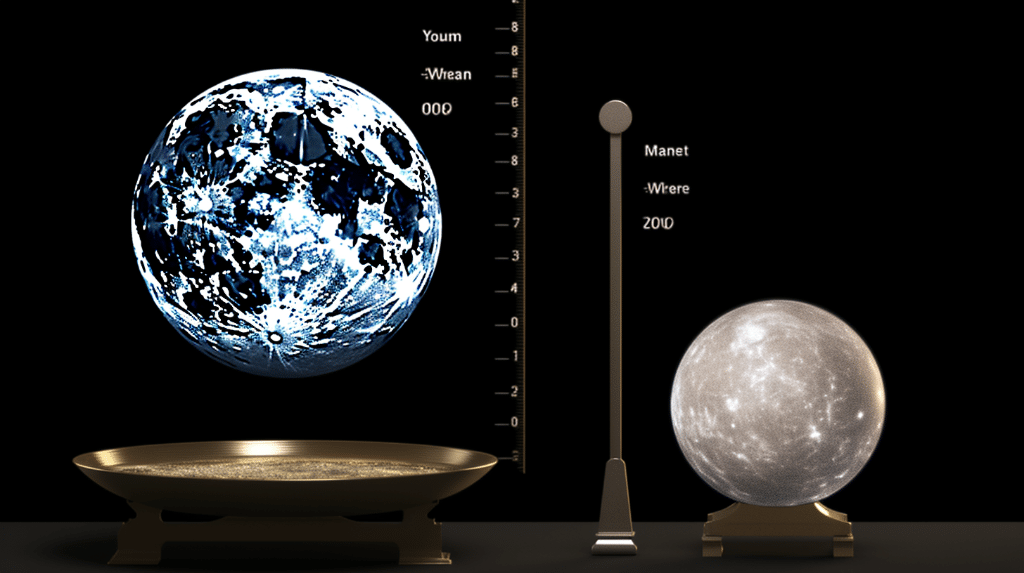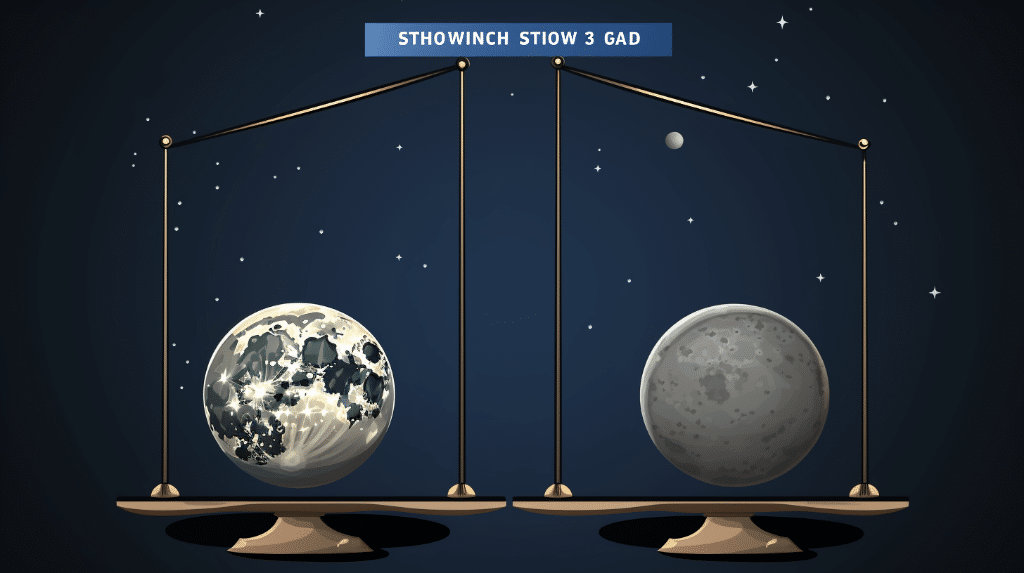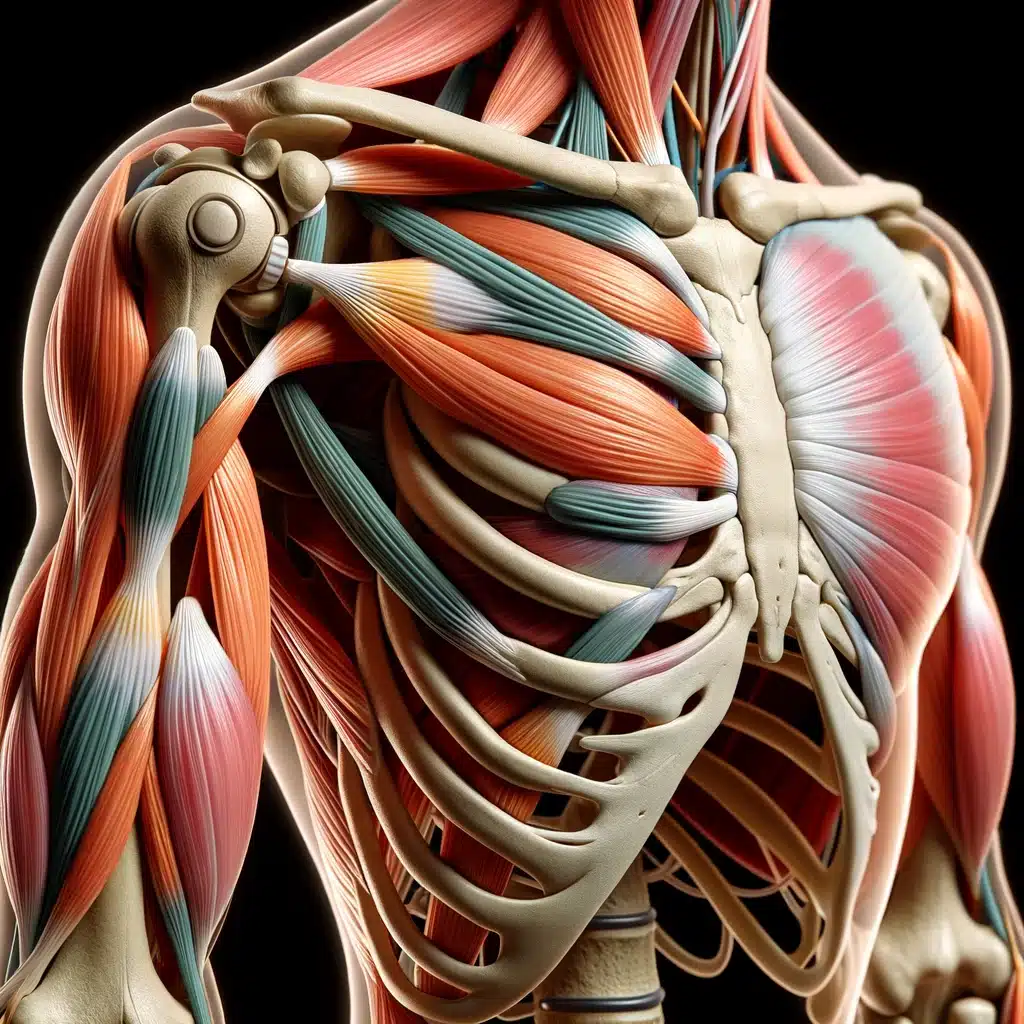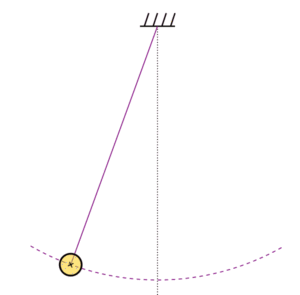When it comes to understanding the relationship between force, mass, and velocity, it’s crucial to have a clear grasp of the fundamental principles of physics. In this blog post, we will explore how to calculate mass from force and velocity, delving into the underlying physics, mathematical representations, and step-by-step calculation methods. By the end, you’ll have a solid understanding of this concept and its practical applications in the field of physics and engineering.
The Relationship Between Force, Mass, and Velocity
The Physics Behind Force, Mass, and Velocity
In physics, force, mass, and velocity are interconnected concepts that play a fundamental role in describing the motion of objects. According to Newton’s second law of motion, force (F) is directly proportional to the product of mass (m) and acceleration (a). Mathematically, this can be expressed as:
![]()
Velocity (v), on the other hand, represents the rate of change of displacement with respect to time. It is calculated by dividing the change in position (∆x) by the change in time (∆t):
![]()
The Mathematical Representation of the Relationship
By combining the formulas for force and velocity, we can derive an equation that relates mass to force and velocity. Rearranging Newton’s second law equation, we have:
![]()
Substituting the formula for acceleration (a = ∆v/∆t), we obtain:
![]()
Simplifying further, we find:
![]()
This equation allows us to calculate mass (m) when we know the force (F) and the change in velocity (∆v) over a given time interval (∆t).
How to Calculate Mass from Force and Velocity

Step-by-Step Guide to Calculate Mass
To calculate mass from force and velocity, follow these steps:
- Determine the force acting on the object. This can be obtained from experimental data or given in the problem statement.
- Measure the change in velocity (∆v) of the object over a given time interval (∆t).
- Substitute the values of force and ∆v into the equation:
![]()
- Calculate the mass using the formula.
Worked Out Examples on Calculating Mass
Let’s consider a few examples to illustrate how to calculate mass from force and velocity.
Example 1:
A force of 20 N is applied to an object, causing it to accelerate from rest to a velocity of 10 m/s over a time interval of 5 seconds. What is the mass of the object?
Solution:
Given:
Force (F) = 20 N
Change in velocity (∆v) = 10 m/s
Time interval (∆t) = 5 s
Using the formula
![]()
Substituting the given values:
![]()
Simplifying the expression:
![]()
Therefore, the mass of the object is 10 kg.
Example 2:
A ball is subject to a constant force of 12 N and accelerates uniformly to a velocity of 6 m/s in 0.5 seconds. What is the mass of the ball?
Solution:
Given:
Force (F) = 12 N
Change in velocity (∆v) = 6 m/s
Time interval (∆t) = 0.5 s
Using the formula
![]()
Substituting the given values:
![]()
Simplifying the expression:
![]()
Therefore, the mass of the ball is 1 kg.
Common Mistakes to Avoid While Calculating Mass
When calculating mass from force and velocity, there are a few common mistakes to watch out for:
- Forgetting to convert units: Ensure that all measurements are in consistent units (e.g., meters, seconds, Newtons) before plugging them into the formula.
- Using average velocity: Be careful to use the change in velocity (∆v) rather than the average velocity when calculating mass.
- Neglecting the sign of the force: Pay attention to the direction of the force and consider its sign when calculating mass.
Applications of Calculating Mass from Force and Velocity
Real-life Scenarios Where Mass Calculation is Required

The ability to calculate mass from force and velocity has numerous practical applications. Some examples include:
- Automotive engineering: Determining the mass of a vehicle is crucial for understanding its performance, fuel efficiency, and stability.
- Sports science: Calculating the mass of athletes’ bodies can help in training and performance analysis.
- Aerospace engineering: Estimating the mass of aircraft and spacecraft is essential for flight dynamics, fuel consumption, and payload capacity.
Importance of Calculating Mass in Physics and Engineering

Understanding the relationship between mass, force, and velocity is vital in physics and engineering. It allows us to analyze and predict the behavior of objects in motion, enabling advancements in fields such as:
- Kinetic energy: The ability to calculate mass helps determine an object’s kinetic energy, which is a crucial concept in understanding energy transformations.
- Momentum: Calculating mass allows us to determine an object’s momentum, which is essential for analyzing collisions and determining the effect of forces on objects.
- Gravitational force: By knowing the mass of objects, we can calculate the gravitational force they exert on each other, allowing us to explore celestial mechanics and understand phenomena such as planetary motion.
How can force and velocity be used to calculate mass?
The concept of calculating mass from force and velocity is explored in the article “How to calculate mass from force and velocity“. However, another interesting question arises: “How to find mass without acceleration?” This topic is covered in detail in the article “How to find mass without acceleration“. In this article, you can learn about methods to determine mass even without the presence of acceleration. It provides valuable insights into the calculations and equations involved in such scenarios.
Numerical Problems on how to calculate mass from force and velocity
- Problem: A force of 10 N is applied to an object and it accelerates at a rate of 2 m/s^2. Calculate the mass of the object.
Solution:
Given:
Force (F) = 10 N
Acceleration (a) = 2 m/s^2
We know that force (F) is related to mass (m) and acceleration (a) by the equation:
![]()
Substituting the given values, we have:
![]()
To find the mass (m), we divide both sides of the equation by 2:
![]()
Therefore, the mass of the object is 5 kg.
- Problem: An object has a mass of 2 kg and is moving with a velocity of 4 m/s. Calculate the force acting on the object.
Solution:
Given:
Mass (m) = 2 kg
Velocity (v) = 4 m/s
We know that force (F) is related to mass (m) and velocity (v) by the equation:
![]()
Substituting the given values, we have:
![]()
Therefore, the force acting on the object is 8 N.
- Problem: A car of mass 1200 kg accelerates from rest to a velocity of 20 m/s in 10 seconds. Calculate the average force exerted on the car during this time.
Solution:
Given:
Mass (m) = 1200 kg
Initial velocity (u) = 0 m/s
Final velocity (v) = 20 m/s
Time (t) = 10 s
We know that average force (F) is related to mass (m), initial velocity (u), final velocity (v), and time (t) by the equation:
![]()
Substituting the given values, we have:
![]()
Simplifying the equation, we get:
![]()
Therefore, the average force exerted on the car during this time is 2400 N.
Also Read:
- How to find velocity on a graph
- How to determine velocity in uniform circular motion
- How to determine velocity in geophysics
- Constant velocity in displacement time graph
- How to find velocity vector
- How to find radial acceleration without velocity
- Average velocity examples
- Rpm to angular velocity
- How to find linear acceleration from angular velocity
- How does position change velocity

























